
Setting up your counselling room can be one of the most exciting parts of starting private practice. Although of course we all have our own particular preferences and aesthetics, there are a few universals you might consider to boost your chances of success.
Your consulting room will form a huge part of a client's first impression of your service and so the room you choose and how you style it, can make the difference between them continuing on in therapy or disengaging after the first consultation.
Put yourself in your clients’ shoes and think carefully about the brand you are trying to create. A space that makes your clients feel at ease and represents your service well is fundamental to the long-term success of your private psychotherapy practice.
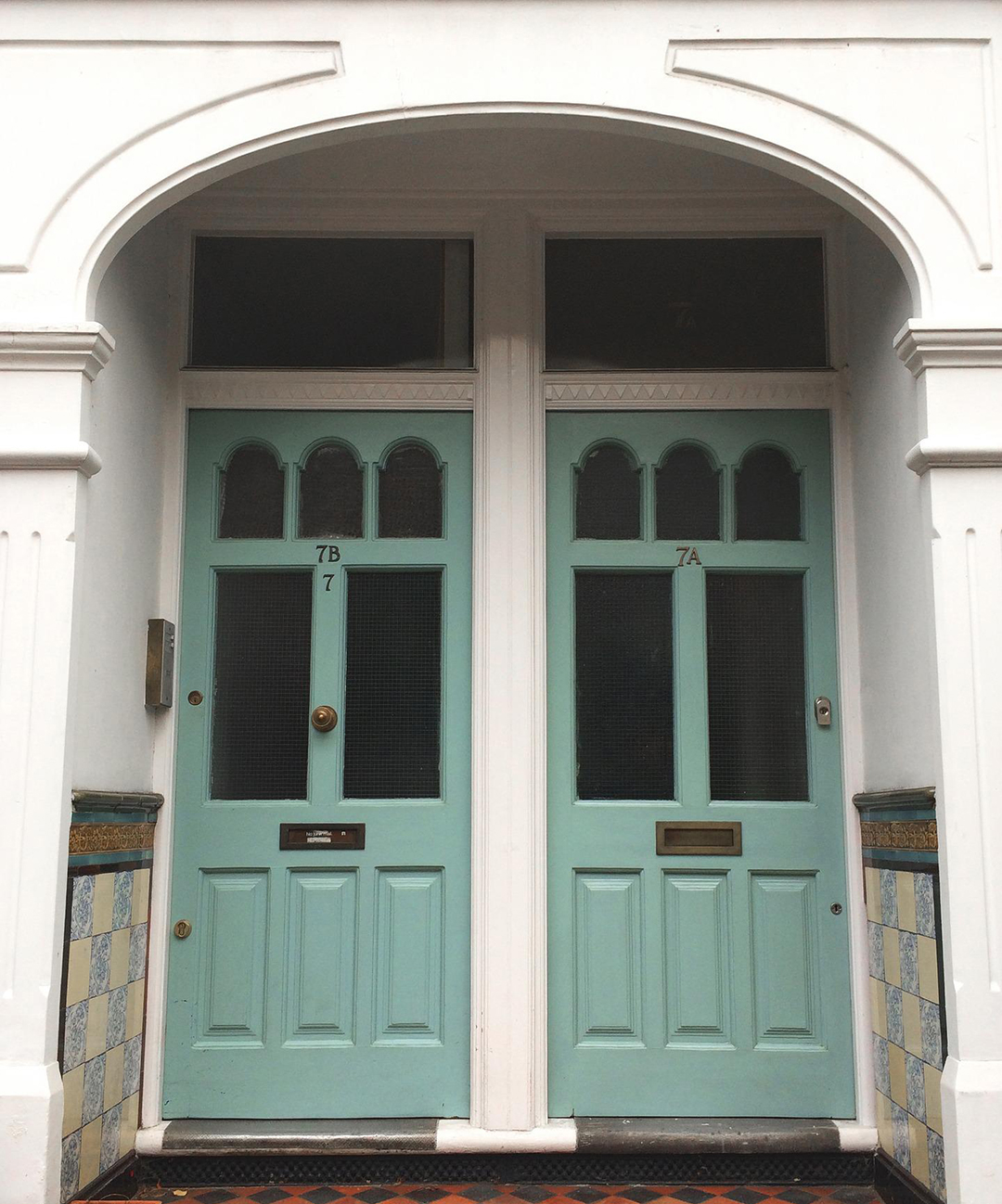
1. Location, location, location
Accessibility
The more accessible your consulting room is the more clients you’ll be able to attract. Consider transport links and parking facilities, as well as wheelchair accessibility. Remember clients coming to therapy for the first time are already overwhelmed and feeling vulnerable, so the easier you can make it for them to find you, the better. If your location doesn’t have signage, I’d recommend putting a map together for clients with advice on how to get to you & where they can park to help put any worries about this part of the process to bed.
The area
If you’re looking for a premises away from home, do your research on different areas before committing to the purchase of premises or signing a lengthy tenancy agreement. The postcode you choose can have an impact on your price point. If you’re pitching yourself towards the top of the price scale for example, you’ll need a postcode and consulting room that reflects that.
Similarly, the surrounding area will affect clients’ comfort levels, so find out who your neighbours are and consider the vibe conveyed by the surrounding buildings and streets.
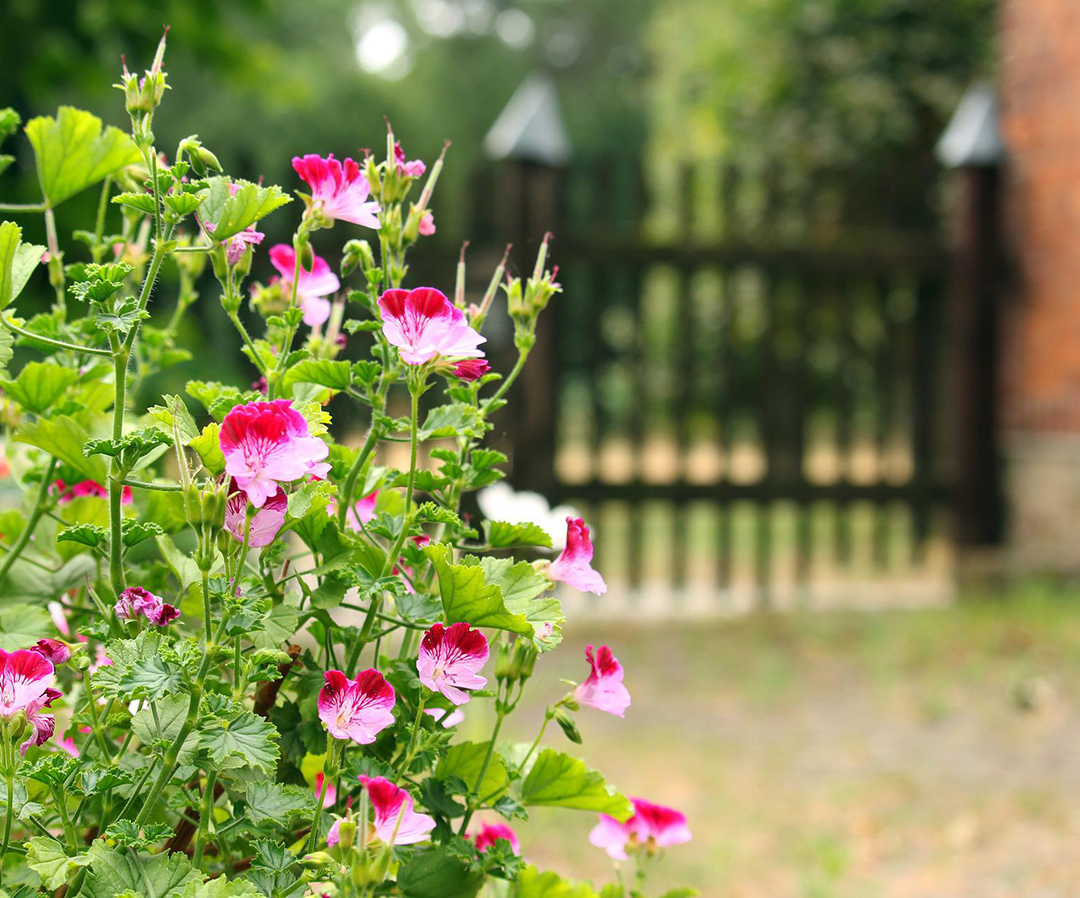
The building
As well as their journey to your location, it’s wise to also consider clients’ experience of entering and travelling through your chosen building. Bearing in mind that many clients may enter and exit sessions feeling raw, discretion and safety need to be paramount.
Is there outdoor lighting to help clients feel safe when arriving or leaving after dark? What does the outdoor space look like, and can it be spruced up if necessary to give a better first impression of your service?
Is there a shared entrance with other businesses and if so, what’s the nature of the businesses and likelihood that clients will find this too exposing? How much control will you have over noise and internal ambience factors like lighting and smells?
The outside appearance of the building gives clients the first impression of your therapeutic space, therefore keeping the area tidy and looking good is a great idea. If you have permission, planting flowers or aromatics like lavender can go a long way in putting clients at ease before you even open the door.

2. Think ambience
The goal of any therapeutic space is to put people at ease, making them feel safe and secure enough to start sharing their problems with you. As much as is possible, you want your space to support the counselling process.
Consistency
Think about the frame and what elements of the environment you can keep consistent from session to session to create that secure therapeutic space for your clients. Using the same room fragrance, playing the same music in the hallway (remember you’ll need a music license for this) and ensuring you’re always in the same room are all great ways to achieve this.
Keep it smelling sweet
Stay mindful of how you’ll keep your building and consulting room smelling fresh throughout your clinic day. Smells are hugely evocative and have a big impact on how we feel in a space, so choosing a pleasant signature room fragrance using air diffusers or sprays and airing your room out between sessions, can go a long way.
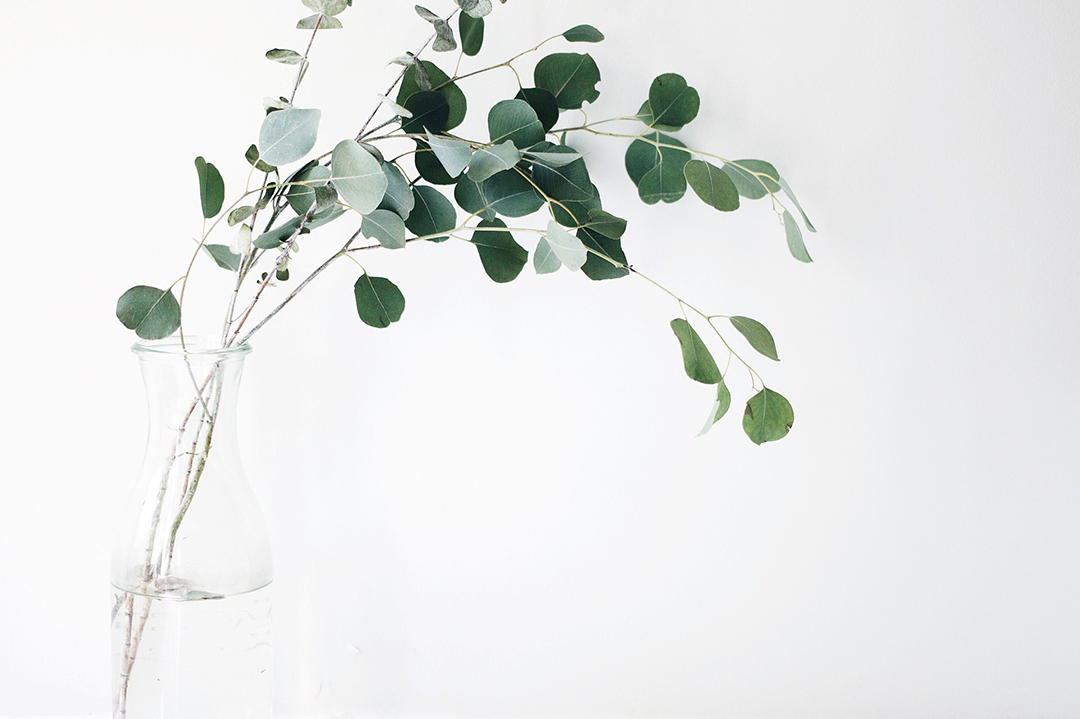
Keep the lighting soft
Lighting in the walkways will need to be bright for safety reasons but once in your consulting room, natural light is preferable and opting to use lamps instead of ceiling lights after dusk, will create a cosier and more comfortable feel.
Confidentiality is key
For any of us to feel truly safe to share our innermost feelings, we must be sure that we’re not going to be either observed or overheard. If the windows of your room are overlooked in any way, then blinds or curtain nets are a must to ensure privacy. Be mindful of how noise travels through your chosen location. Noise control can be a real challenge in shared spaces. You can effectively mitigate this however, with rugs, soft furnishings and canvas wall art. White noise machines in and outside of the room can also be an excellent solution if your building is particularly echoey.

3. The psychology of spaces
Now that you’ve considered the basics, it’s time to decorate and dress your counselling room.
Keep it tidy
Irrespective of which client groups you work with, your room must support them to focus on the process. It’s therefore important that you don’t clutter up the space, overcrowding it with furnishings or other distractions. Clutter or mess of any kind is stress-inducing, so keep your room tidy and ensure that you have somewhere to tuck your files, bag, laptop etc away to keep the therapeutic space clear. If you only have a small space to work with, be as minimal as you can and invest in clever storage solutions to help you stay tidy.

Consider your brand
Think about the kind of feeling you want to create. This will guide your colour and furnishing choices. Like smell colour can immediately affect our mood and so your choice of wall, art and furniture colour will have a big impact on how clients feel about your service. Using a light wall colour will make the room feel more spacious than if you were to opt for something bolder. Light greens, blues and purples are all considered to be soothing options, whereas yellows and oranges are seen as more uplifting options. The addition of complementary soft furnishings, tasteful art work, lamps and plants will further soften the space, creating a more welcoming and homely atmosphere.
Your therapeutic approach and the client groups that you work with will inform how you furnish your room. For example, are you a relational or a blank slate kind of a therapist? If you’re the latter you may want to create a more erudite, Freudian type space (think leather couch, desk and stacked bookcase), whereas if you’re relational you may want to create a warmer environment that expresses more of your personality. If you work with couples, groups or families, you’ll need a room that comfortably accommodates this. Similarly, if you work with children or offer art therapy, you’ll need to think about how you can set up the space so it can be easily cleaned after the more messy, exploratory sessions.
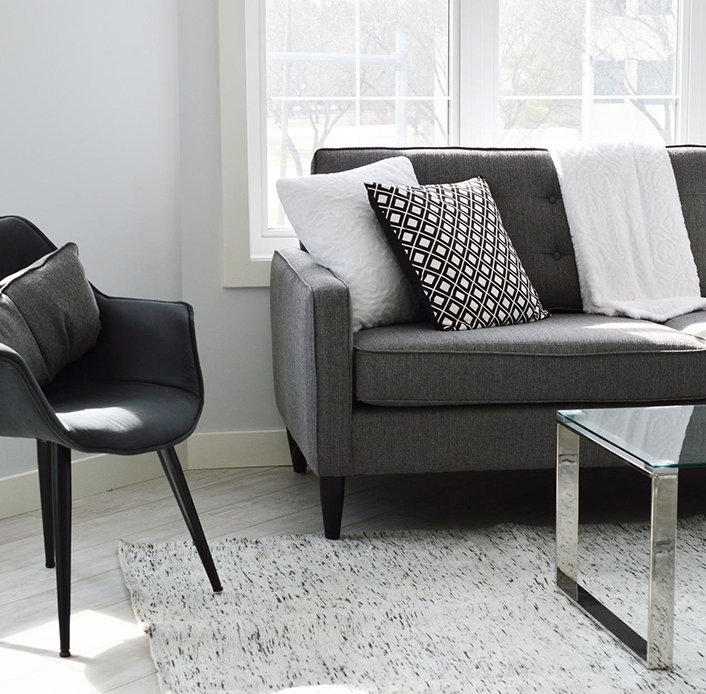
Arranging your room
When dressing your counselling room, the goal is to create a sense of spaciousness. Make sure the entranceway into the room and to the seating area is unobstructed, surfaces are kept clear and that bigger pieces of furniture aren’t placed too close together. Your room will need tissues (placed within easy reach of the client’s seat), water, and perhaps a discreet mirror so clients can check their appearance before leaving the room at the end of the session.
If you are tasked with purchasing seating, make sure that seats are comfortable and able to accommodate all body types. It is accepted wisdom that chairs should not be placed directly in front of each other, as this can feel too confrontational, so place them slightly off centre from each other. Similarly, it is advised that the space between us and the client is kept open i.e. without any barriers like coffee tables.
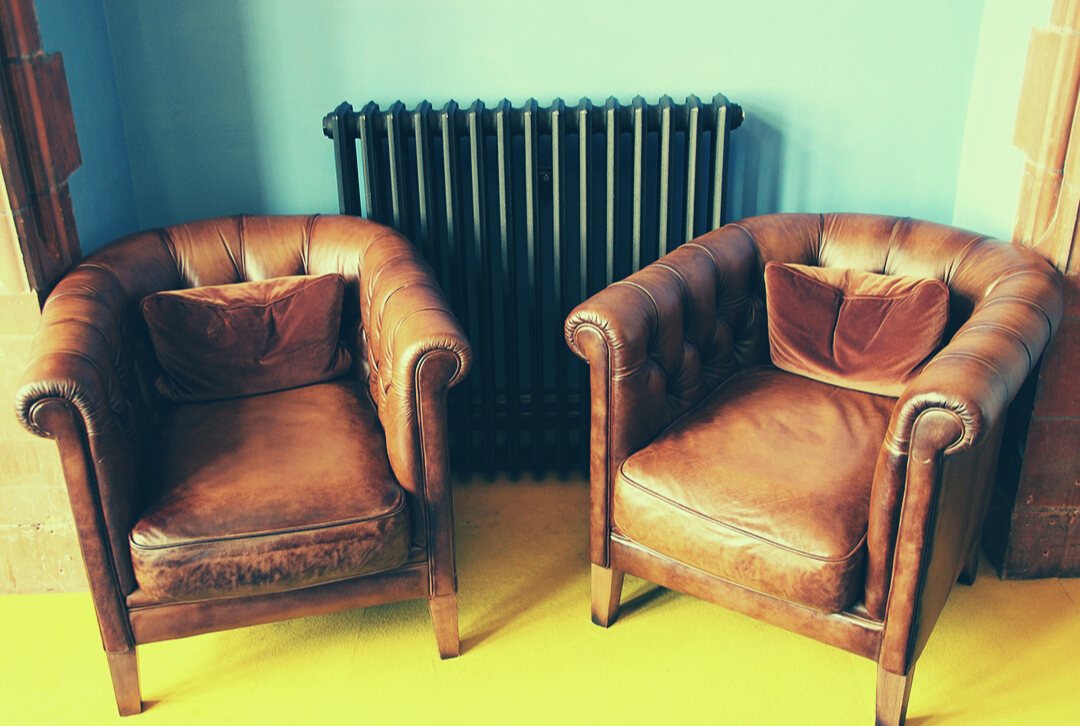
We all know that a certain power imbalance in therapy is inescapable. Most of us want to minimise this as much as is possible to empower the client in the counselling process. Where possible, this can be achieved by having two identical seating options in your room and allowing the client to decide where they sit.
The space between the two seats can have a powerful impact on how both parties feel in the consulting room. If the room permits it, checking in with the client in your first session about how the space feels for them and adjusting accordingly, is a great way to put your client at ease and encourage them to take charge of their own process.

4. Do a trial run and let your counselling room evolve
Once you’ve put your room together get a second opinion on how it all feels to ensure that it’s hitting the right chord.
Don’t be afraid to remodel things once you start practicing, based on how you find working in the space and on your clients' feedback.
Let your space evolve alongside you.
You do the therapy, we'll do the rest
Try for free